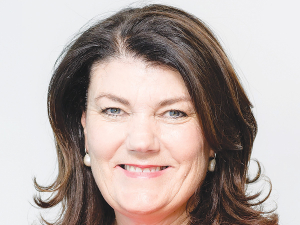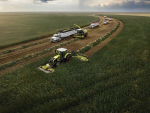Pasture quality has a major impact on milksolids production as it not only determines how much energy there is in every kilogram of drymatter the cow eats, but also it drives cow intake. New Zealand grazing trials have shown that a 10% increase in pasture digestibility results in an increase in per cow production of 0.30 to 0.45 kgMS/cow/day (Table 2).
Pasture quality is determined by what proportion of the sward is made up of young leaves (which are always high in quality) compared to older stalky plants, seed head and dead material (which is lower in quality). Grazing pressure is critical since pasture not eaten in the current grazing round decreases the quality of feed offered in the next grazing round. This is particularly the case in the late spring as ryegrass enters its reproductive phase.
The key to good pasture quality is grazing to 7-8 clicks or 1500-1600kgDM/ha by offering the right pre-grazing cover. If the paddock has been pugged this may rise to 9.5 clicks or 1800kgDM. If you have already lost control of pastures and have high grazing residuals, consider either making silage or topping.
A trial conducted at the DairyNZ No2 dairy in 1997-19982 showed mowing pasture, either before or after grazing, reduced pasture production by 20%, and reduced milksolids production by 11% during October, but increased milksolids production by 12% during summer. Topping after the cows had grazed the paddock gave a higher spring milksolids production than topping before grazing.
Regular pasture monitoring next season will allow you to identify surpluses before they get out of control. Closing paddocks for pasture silage or spraying them out and planting a crop like maize or forage sorghum, which can be harvested and fed when required, will allow you to transfer surplus feed from the spring to other times of the year when you need it.
If you plant your maize in paddocks which would benefit from pasture renewal, you can also increase your chance of successfully establishing new higher yielding and improved quality pasture in the autumn.
1DairyNZ farmfact 1-2 Principles of Grazing Management.
2Kolver et al. 1999. Mowing pastures to improve milk production. Proceedings of the New Zealand Grassland Association 61:139-145.
• Ian Williams is a Pioneer forage specialist. Contact him at This email address is being protected from spambots. You need JavaScript enabled to view it.








